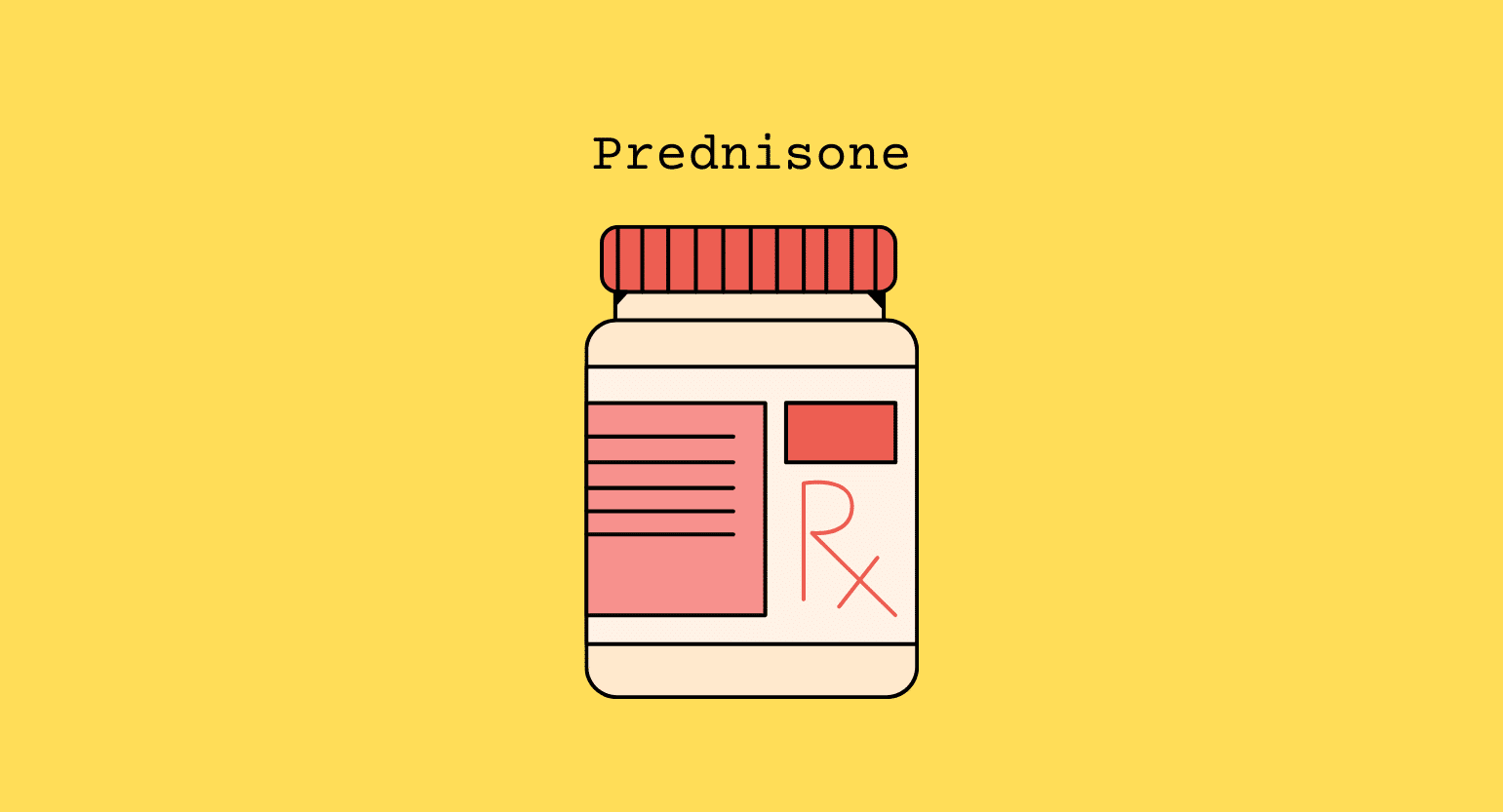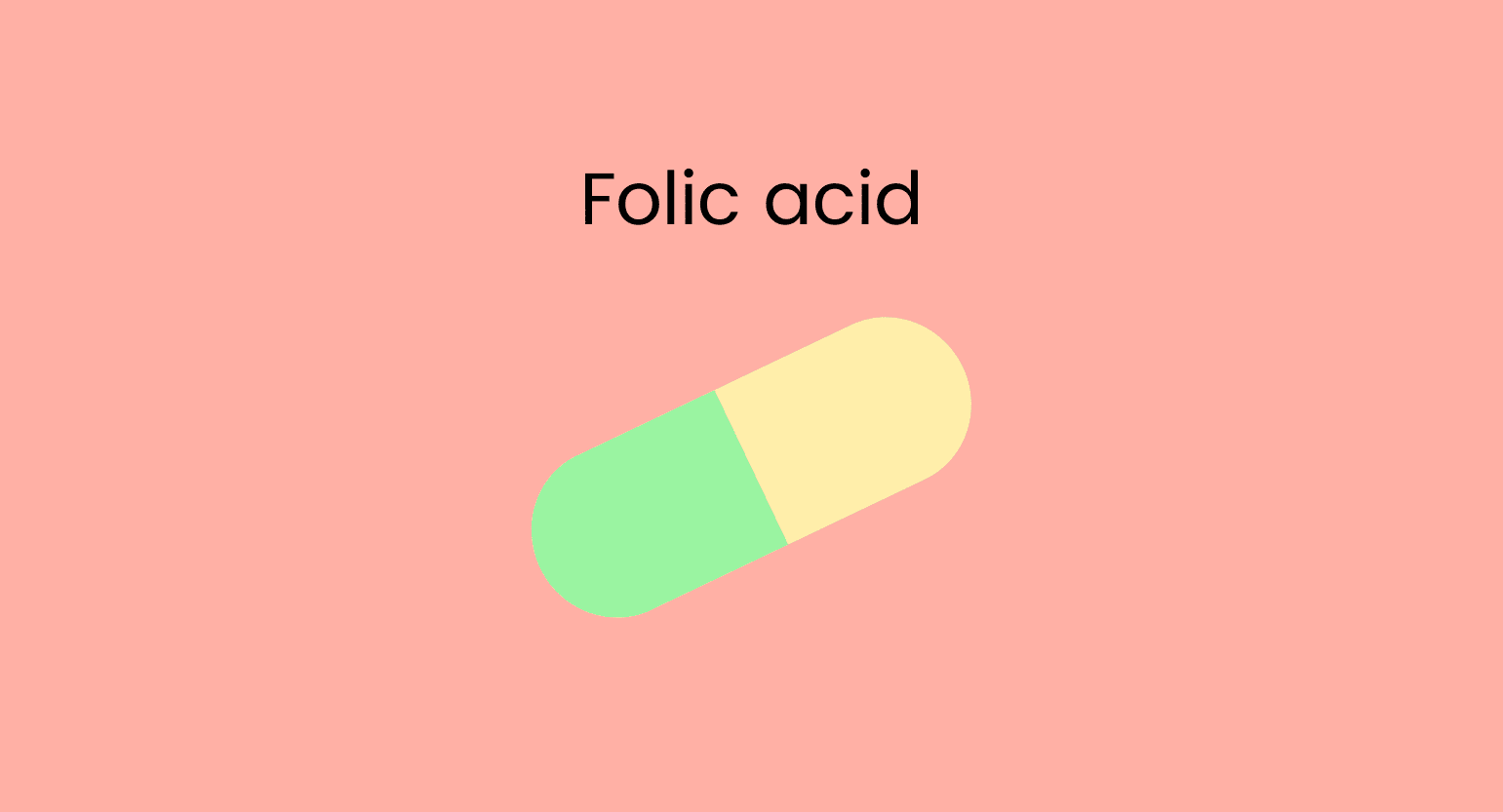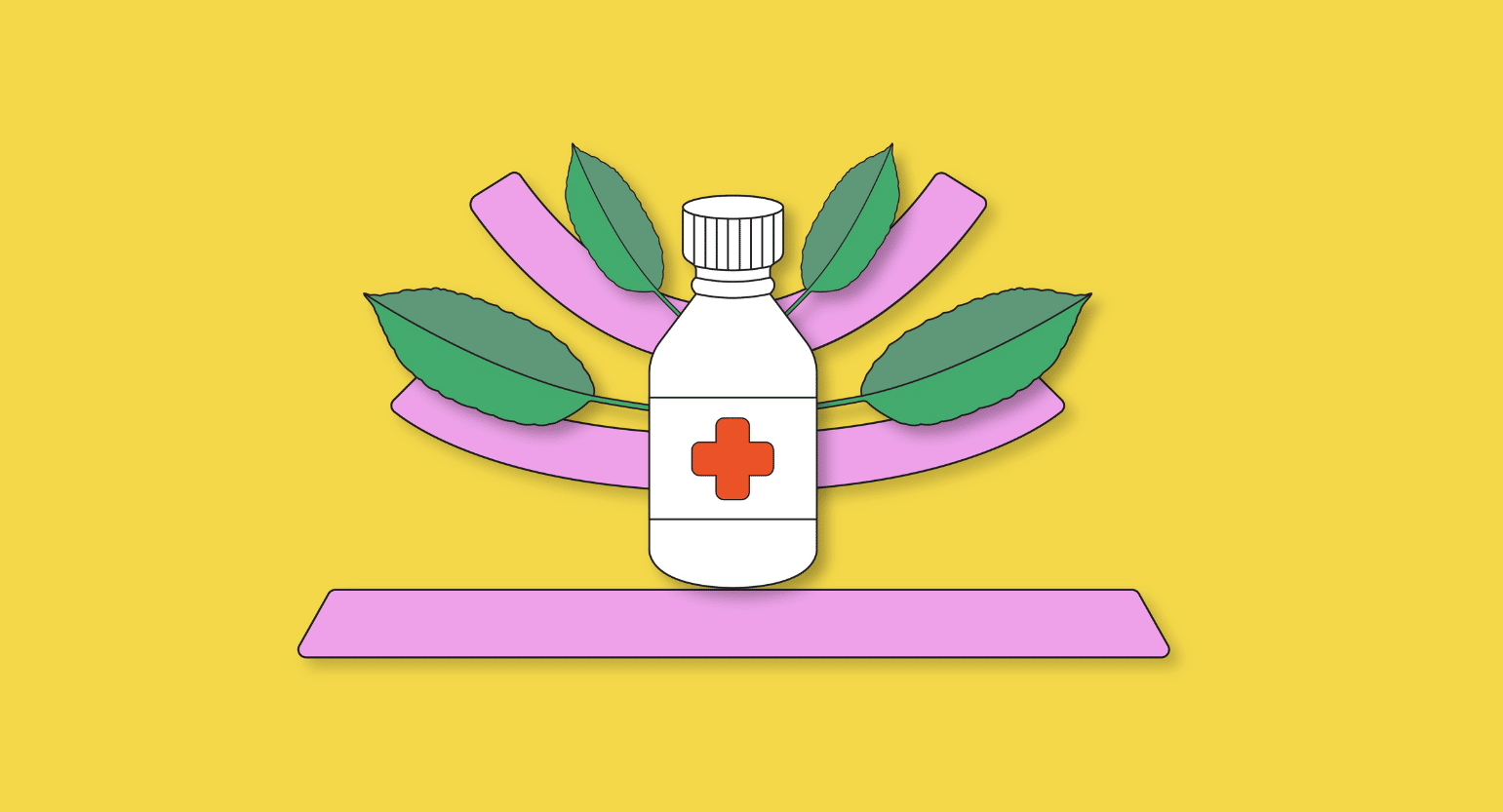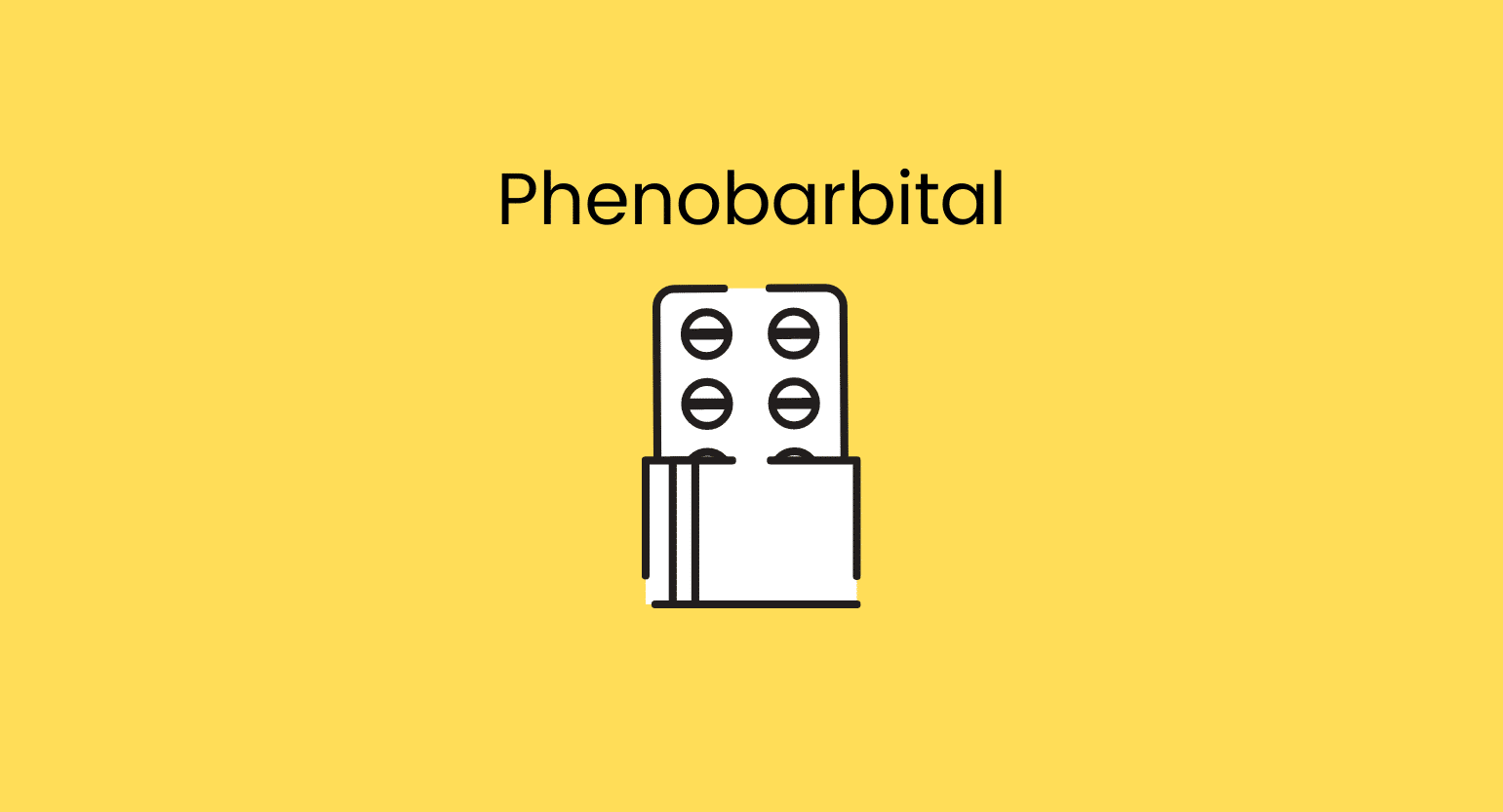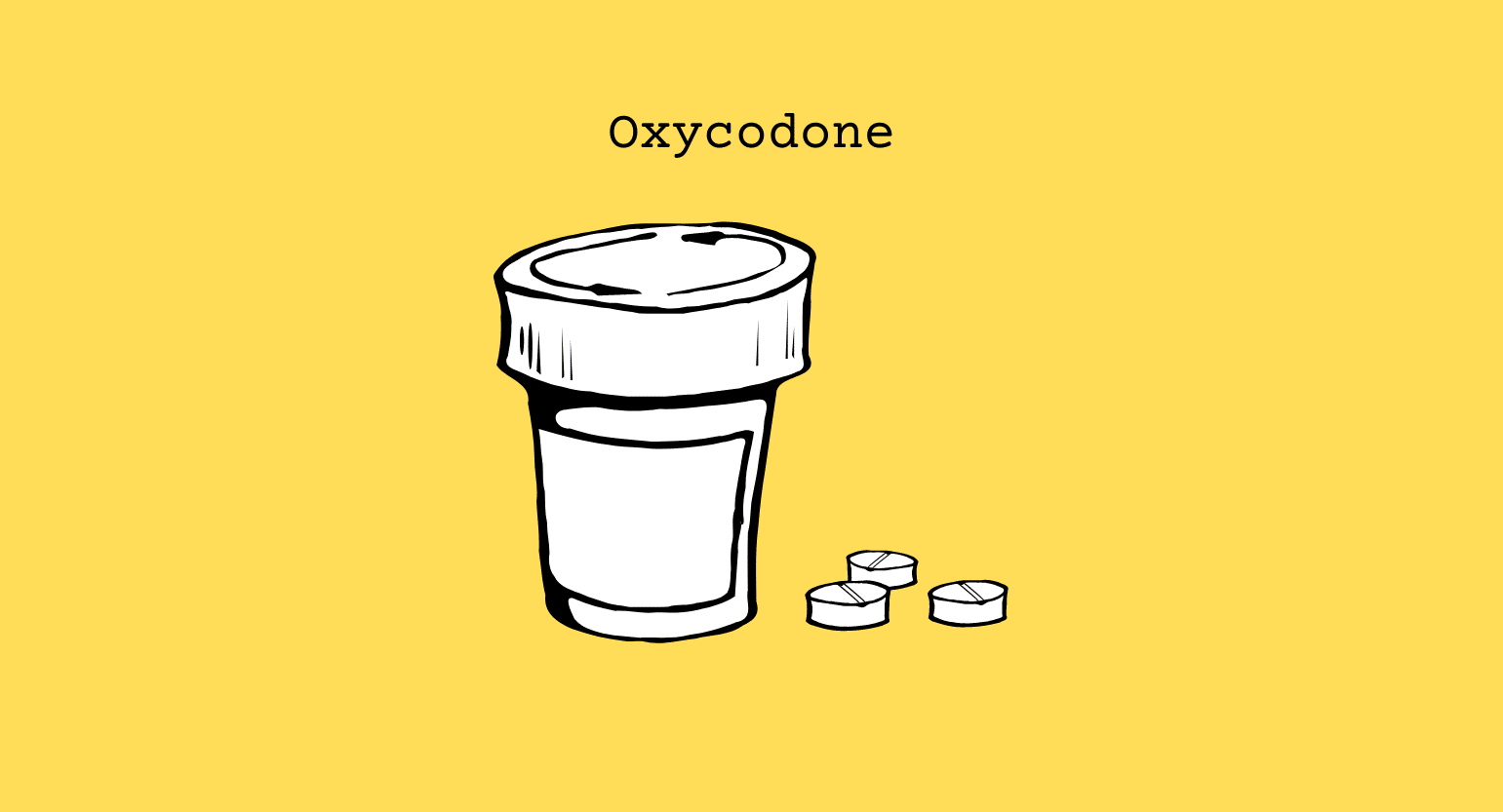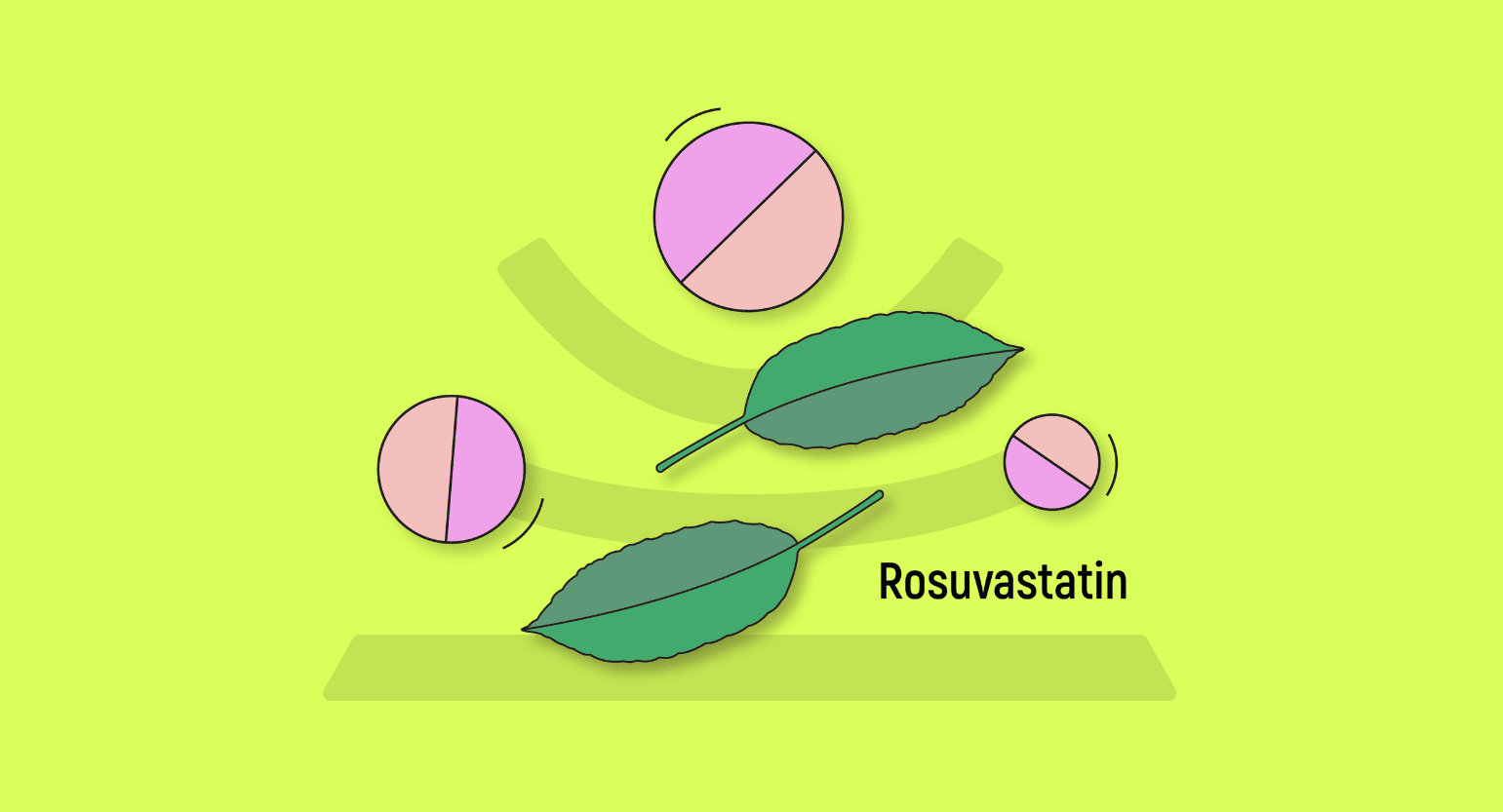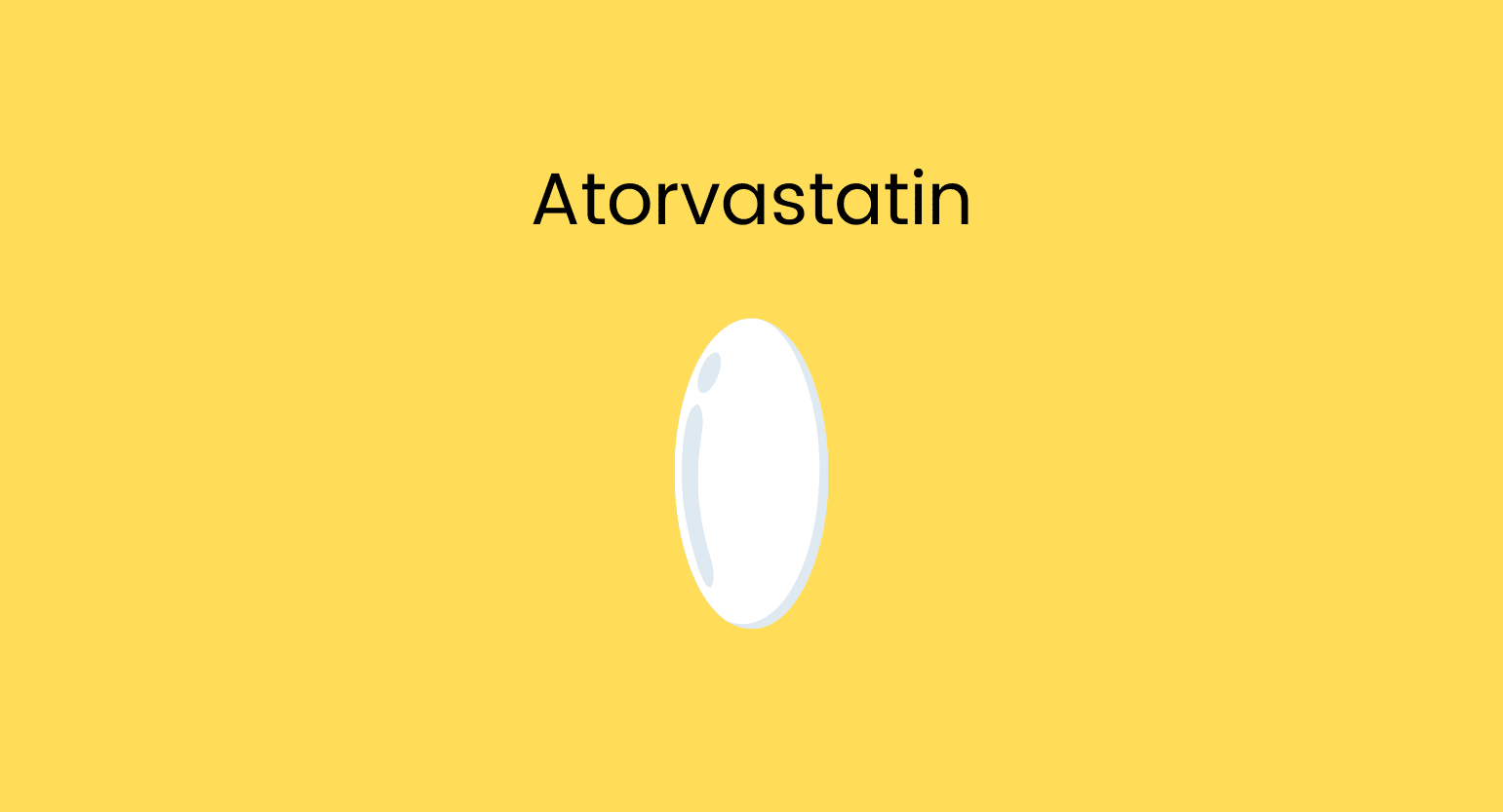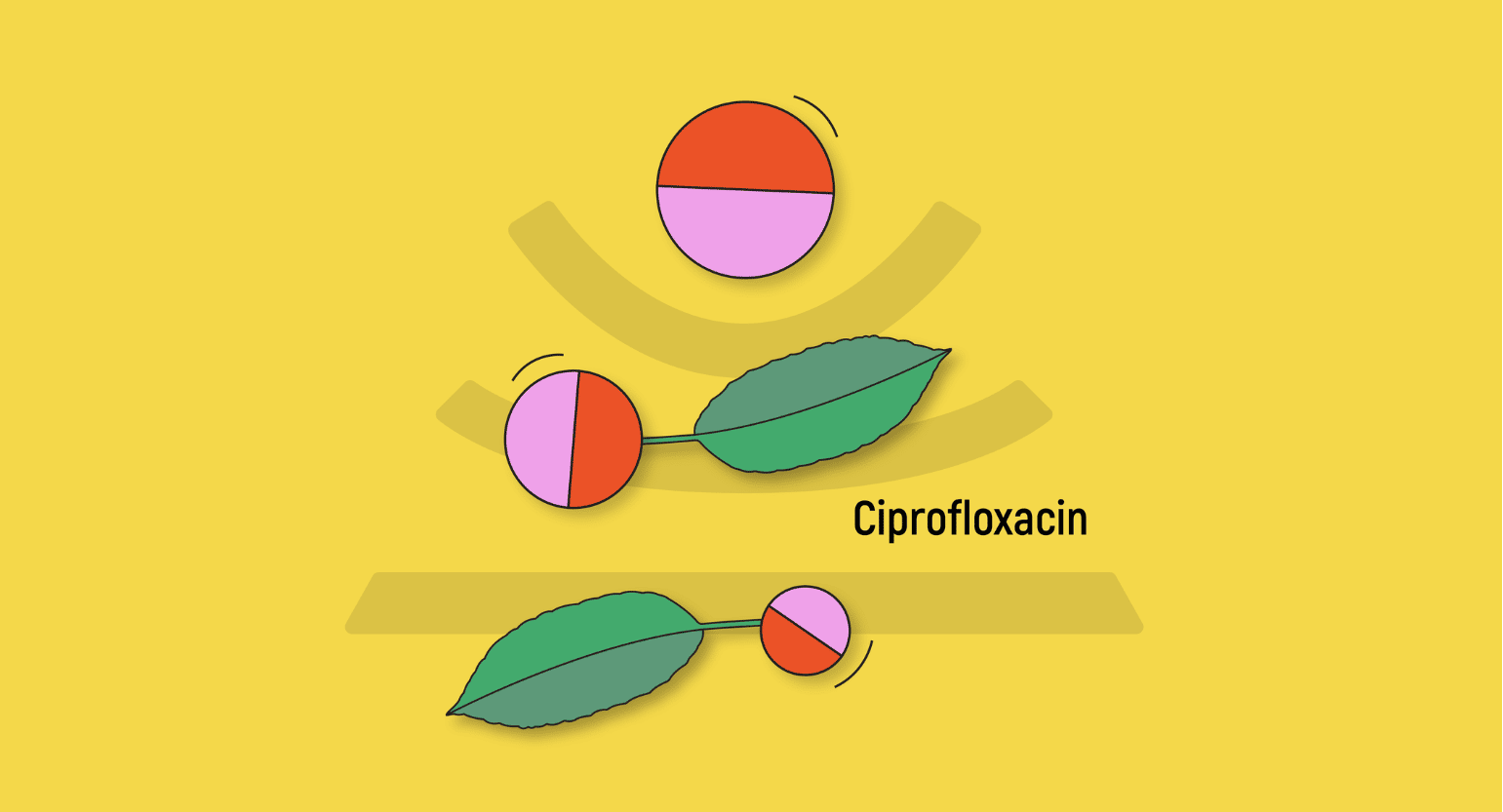Does Kratom Interact With Prednisone?
Yes, there are some negative interactions between kratom and prednisone. First, kratom may counteract the immunosuppressive activities of prednisone and reduce its ability to do its job. Also, both compounds require the same enzymes for their metabolic process.
Depending on what prednisone was prescribed for, these interactions could lead to severe consequences.
Since prednisone is generally taken every day for several weeks, the interaction with kratom can be severe and worsen throughout the prednisone protocol.
Let’s discuss the interactions between kratom and prednisone in more detail.
Kratom Could Counteract Prednisone’s Effects (Antagonistic Interaction)
When two drugs or substances with opposite effects are taken together, their effects might cancel out. This is known as an antagonistic interaction.
Many of the alkaloids contained in kratom are considered immunomodulators or immunostimulants. This means kratom’s alkaloids could counteract the immunosuppressant activities of prednisone and other corticosteroid medications.
While it’s unclear whether this means kratom and prednisone will counteract each other’s effects, until more research is available, this theoretical effect needs to be considered.
Some of the conditions prednisone is prescribed for are life-threatening. Anything that might negate the effects of prednisone should be avoided — kratom included.
Kratom & Prednisone Are Metabolic Competitors
After ingestion, most drugs go through first-phase metabolism with the help of the liver’s cythochrome P450 enzyme family (CYP450). Some drugs move onto a second phase, during which additional enzymes continue their breakdown.
After ingestion, prednisone is converted to its active metabolite, prednisolone, in the liver and then metabolized by CYP3A4 enzyme [1, 2].
Similarly, CYP3A4 is one of the primary enzymes responsible for breaking down the active alkaloids in Mitragyna speciosa [3 ,4].
When two drugs require the same enzymes, they must “line up” before they can be metabolized. This phenomenon is known as metabolic competition and can lead to a slower elimination rate, drug buildups, and more prolonged effects.
Kratom & Corticosteroid Interactions
Prednisone is classified as a corticosteroid, which means it inhibits the body’s immune response by mimicking a stress hormone called cortisol [5]. Drugs that do this are also called immunosuppressants because they inhibit one or more aspects of the immune system.
Corticosteroids like prednisone help treat joint pain, asthma, kidney issues, lupus, arthritis, colitis, multiple sclerosis, severe allergic reactions, and more [5].
Many other corticosteroid immunosuppressants that can negatively interact with kratom, including the following:
- Betamethasone (Celestone)
- Cortisone (Cortone)
- Dexamethasone (Dexamethasone Intensol & DexPak)
- Fludrocortisone (Florinef)
- Hydrocortisone (Cortef)
- Methylprednisolone (Medrol, Solu-Medrol & Depo-Medrol)
- Prednisolone (Orapred & Prelone)
- Triamcinolone (Aristospan Intralesional, Aristospan Intra-Articular & Kenalog)
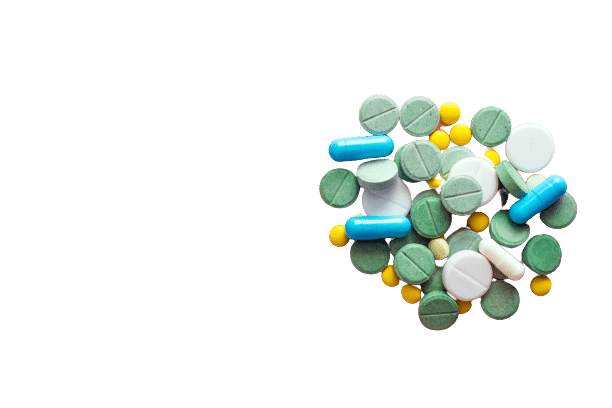
Is It Safe to Take Kratom With Prednisone?
It’s not considered safe to mix kratom and prednisone because kratom may counteract the effects of prednisone —thus preventing it from doing its job.
While the chances of severe interaction are low, the reduced effectiveness of prednisone could result in severe consequences —depending on what it was prescribed for. Do not mix these compounds.

What is Prednisone?
Prednisone is one of the most prevalent corticosteroids used to treat inflammation, joint pain, and some immune system malfunctions [6].
Prednisone Details & Specifications:
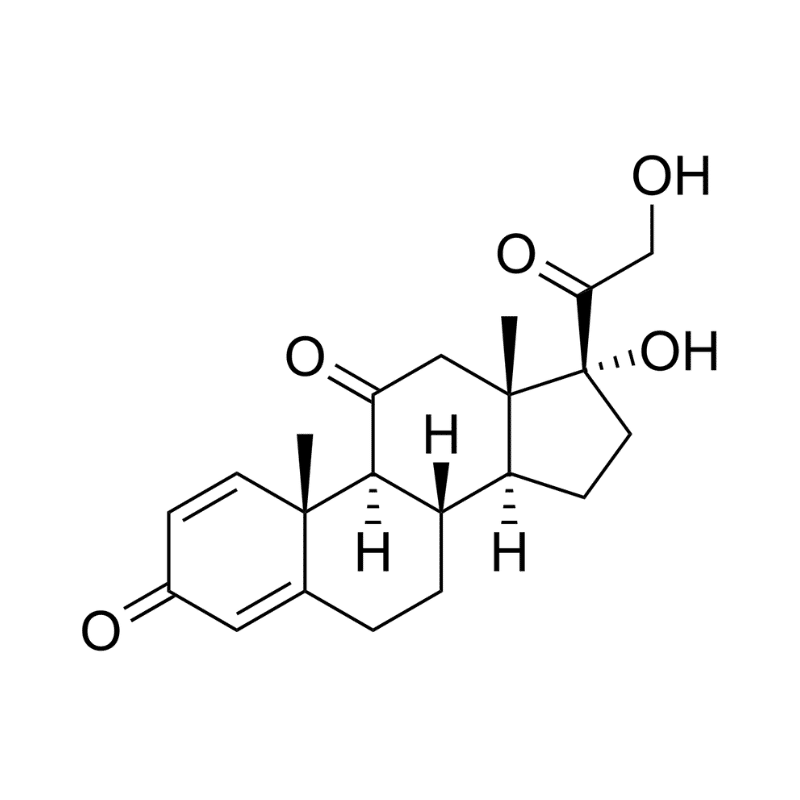
| Drug Name | Prednisone |
| Trade Names | Deltasone, Liquid Pred, Meticorten, Prednicot, Prednisone Intensol, Rayos, Sterapred, Sterapred DS & Orasone |
| Classification | Corticosteroid |
| CYP Metabolism | CYP3A4 |
| Interaction With Kratom | Antagonistic, Metabolic Competition |
| Risk of Interaction | Moderate |
What Is Prednisone Used For?
Like most other corticosteroids, prednisone is often prescribed to treat arthritis, joint pain, asthma, inflammation, colitis, and multiple sclerosis.
Prednisone is also prescribed to treat severe allergies, lupus, blood problems, bone marrow issues, GI complications, and kidney issues.
Generic & Brand Name Versions of Prednisone
Prednisone is the generic name for this specific corticosteroid. In the United States, trade names or brand names include:
- Liquid Pred
- Meticorten
- Orasone
- Prednicot
- Prednisone Intensol
- Rayos
- Sterapred
- Sterapred D.
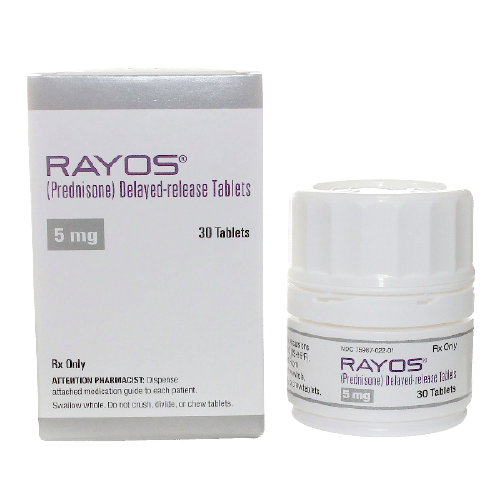
What Are the Side Effects of Prednisone?
Unfortunately, prednisone treatment can have many side effects, ranging from relatively insignificant to reasonably severe [5, 7].
Below are the most common side effects reported from taking prednisone:
- Acne
- Blotchiness
- Changes in vision
- Confusion
- Difficulty breaching
- Exhaustion
- Eye pain or swelling
- Headache
- Heartburn
- Involuntary shaking
- Irregular heartbeat
- Lightheadedness
- Mood swings
- Nausea
- Nerve issues including burning or tingling of the skin
- Poor sleep quality
- Rapid weight gain
- Reduced sleep
- Seizures
- Sore muscles
- Thinning of the blood or reduced ability to clot
- Vomiting

What is Kratom?
The Mitragyna speciosa tree —also known as kratom or ketum —grows mainly in Southeast Asian countries like Vietnam, Indonesia, Thailand, and Cambodia.
It has been used for centuries as traditional herbal medicine to combat pain and fatigue, especially among the field workers. People can chew the raw leaves, brew them in a tea, grind them and make kratom powder or infuse them in a tincture.
What’s Kratom Used For?
Kratom has a variety of uses, depending on the dose and strain. In small doses, most strains provide stimulating effects, similar to those you’d experience from several cups of coffee. It can improve focus and attention.
In larger doses, most strains have pain-killing capabilities [8] as well as sleep-supportive and anxiolytic effects (fights anxiety).
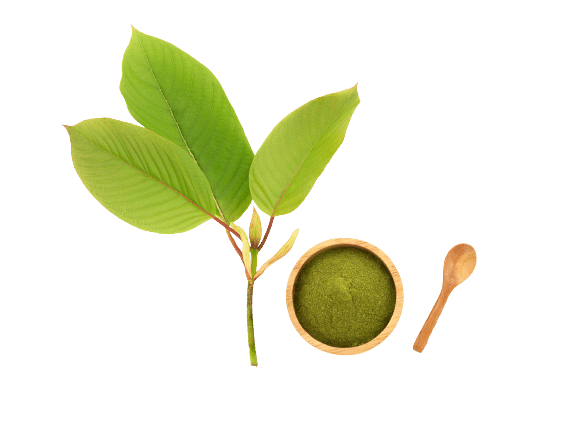
What’s The Dose of Kratom?
Most users consume between 2 and 8 grams of kratom at a time. Doses over 8 grams are considered high and should only be used by experienced users.
The best dose of kratom typically depends on the effects you’re looking to experience. For increased focus, attention, and wakefulness, doses between 2 grams and 4 grams are most common.
For pain reduction, sedation, and decreased anxiety, most users take between 4 grams and 8 grams.
Check out our dosage guides if you would like to know more:
- Best Kratom Dose & Strain for Managing Anxiety
- Best Kratom Dose & Strain for Sleep
- Best Kratom Dose & Strain for Pain
What are the Side Effects of Kratom?
Kratom can come with several side effects, most of which are more severe or noticeable with larger doses or if kratom is taken continuously without breaks.
Nausea, dizziness, lightheadedness, and constipation are kratom’s most commonly reported side effects. In most cases, reducing the dose or taking breaks once a week or so will help reduce the chances of these side effects.
For those taking kratom for sedative properties, lethargy and sluggishness are more common side effects.
A less common side effect reported most often from continued or excessive use is confusion, memory impairment, and the perception of slowed mental processes.
Other side effects of kratom include:
- Anxiety or jitteriness
- Diarrhea
- Headaches
- Heart palpitations
- Liver damage (with long-term use)
- Low libido
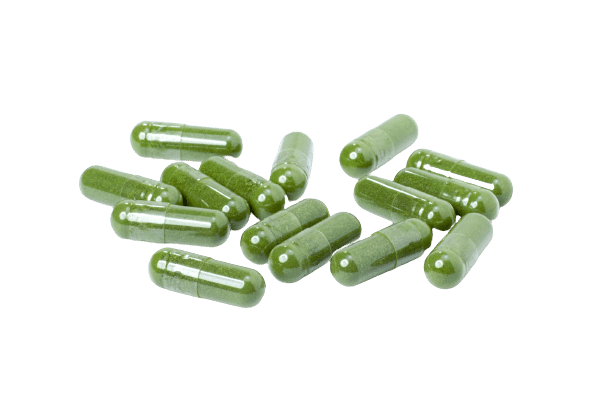
What are the Different Types of Kratom?
There are three primary kratom strains and a fourth, less well-known variety. Each has its effects and specific uses.

White Vein Kratom
White vein kratom is usually harvested early before the leaves of the Mitragyna speciosa tree develop the standard green color. White-vein kratom has a distinct set of alkaloids that are more stimulative and promote feelings of increased concentration, focus, and euphoria.

Red Vein Kratom
Red vein kratom is considered the opposite of white-vein varieties. It’s harvested late in the plant’s maturity after the green color of the leaves has begun to darken and turn red. Red vein kratom is most famous for its pain-killing capabilities. It also tends to have more sedative properties.

Green Vein Kratom
Green vein kratom is harvested between when white-vein and red-vein are, so it has an alkaloid profile that sits somewhere in the middle.
Some strains are more stimulative, while others are a bit more sedative. Green strains are good introductory options for beginners, given the more moderate effects.

Yellow Vein Kratom
Yellow vein kratom is not a primary kratom variety, and far less is known about yellow strains. There are several theories about why the yellow color persists in some strains, including a fermenting process, a drying process, or a mixture of white and red strains.
While little is understood about why these strains are yellow, the effects are relatively well-known. They tend to produce a sense of euphoria and can have properties of both red and white strains, including pain reduction, sedation, relaxation, and boosting concentration.
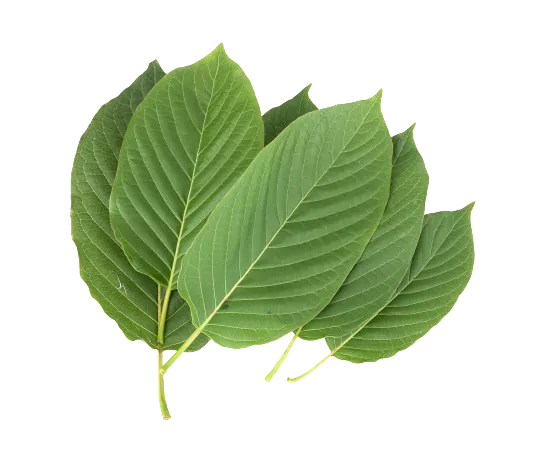
Key Takeaways: Is it Safe to Mix Kratom & Prednisone?
Avoid this combination. It’s unwise to take kratom if you’ve been given a prescription for prednisone unless you’ve spoken with your doctor about it first.
There’s a chance that kratom will counteract some of the effects of prednisone and make it less effective.
Additionally, repeated kratom use alongside prednisone could interfere with metabolism and cause both substances to build up in the bloodstream — eventually leading to toxic levels.
- Song, I. H., Borland, J., Chen, S., Savina, P., Peppercorn, A. F., & Piscitelli, S. (2013). Effect of prednisone on the pharmacokinetics of the integrase inhibitor dolutegravir. Antimicrobial agents and chemotherapy, 57(9), 4394-4397.
- Bashar, T., Apu, M. N. H., Mostaid, M. S., Islam, M. S., & Hasnat, A. (2018). Pharmacokinetics and bioavailability study of a prednisolone tablet as a single oral dose in Bangladeshi healthy volunteers. Dose-Response, 16(3), 1559325818783932.
- Haron, M., & Ismail, S. (2015). Effects of mitragynine and 7-hydroxymitragynine (the alkaloids of Mitragyna speciosa Korth) on 4-methylumbelliferone glucuronidation in rat and human liver microsomes and recombinant human uridine 5′-diphospho-glucuronosyltransferase isoforms. Pharmacognosy Research, 7(4), 341.
- Kamble, S. H., Sharma, A., King, T. I., León, F., McCurdy, C. R., & Avery, B. A. (2019). Metabolite profiling and identification of enzymes responsible for the metabolism of mitragynine, the major alkaloid of Mitragyna speciosa (kratom). Xenobiotica, 49(11), 1279-1288.
- Puckett, Y., Gabbar, A., & Bokhari, A. A. (2018). Prednisone.
- Liu, D., Ahmet, A., Ward, L., Krishnamoorthy, P., Mandelcorn, E. D., Leigh, R., … & Kim, H. (2013). A practical guide to the monitoring and management of the complications of systemic corticosteroid therapy. Allergy, Asthma & Clinical Immunology, 9(1), 1-25.
- Yasir, M., Goyal, A., & Sonthalia, S. (2022). Corticosteroid Adverse Effects. 2021 Jul 8. StatPearls [Internet]. Treasure Island (FL): StatPearls Publishing.
- Eastlack, S. C., Cornett, E. M., & Kaye, A. D. (2020). Kratom—Pharmacology, clinical implications, and outlook: a comprehensive review. Pain and Therapy, 9(1), 55-69.

